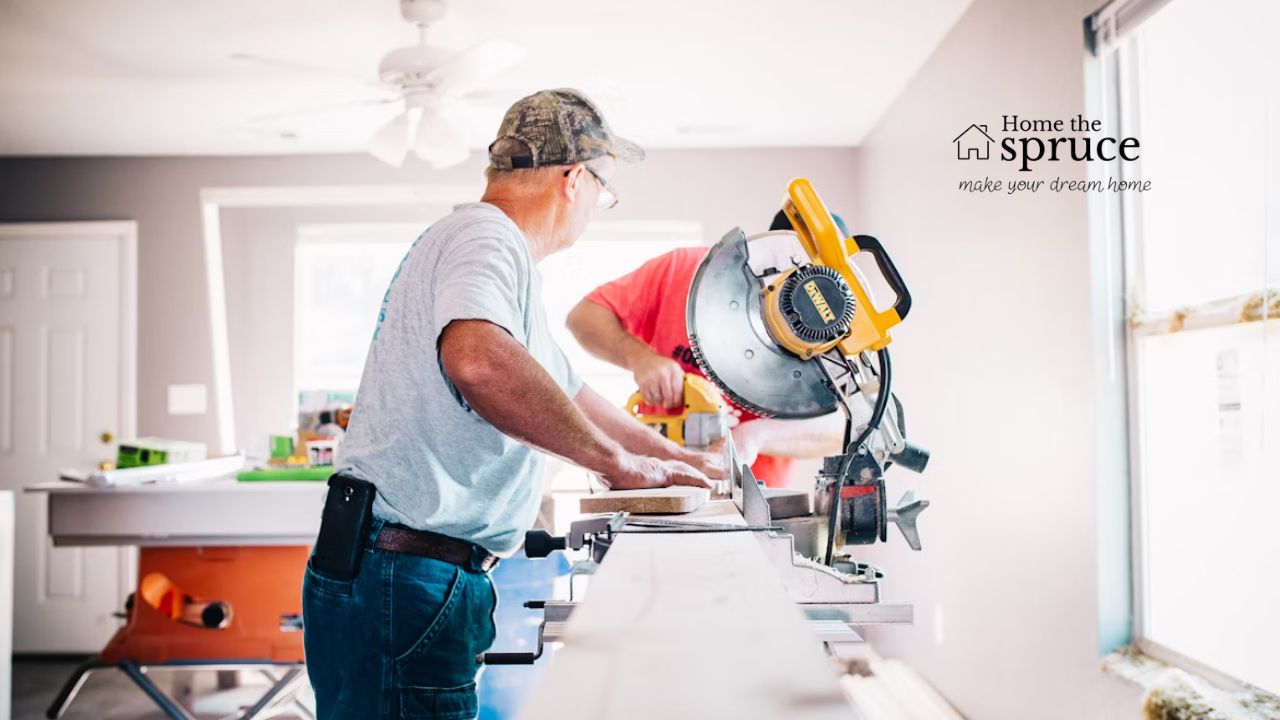When you think about home renovations, what do you picture? Chances are, it’s the finished look, like open kitchens, modern bathrooms, or charming new front porches. But what many homeowners don’t see is the heavy-duty effort happening behind the scenes. Before the final touches are added and fixtures installed, there’s often a foundation of muscle and machinery working behind the scenes. We’re talking about rigging and lifting equipment—the unsung heroes of structural upgrades and major remodels.
While it’s easy to admire a new countertop or updated layout, the success of these renovations often depends on a lesser-known factor: the tools and equipment that move, lift, and hold everything in place. Let’s take a closer look at how rigging gear makes complex home improvements safe, smooth, and successful.
What Is Rigging in Home Renovation?
Rigging, in a construction or renovation setting, refers to the equipment and methods used to lift, move, and secure heavy loads. This includes everything from steel beams and HVAC units to entire sections of a house during foundation work.
Common rigging tools include:
- Hoists and winches
- Shackles and hooks
- Slings and chains
- Jacks and hydraulic systems
- Lifting beams (used to distribute weight during heavy lifts)
Although often linked to industrial or commercial projects, rigging equipment is frequently utilized in residential jobs, particularly those involving structural modifications or large prefab components.
Why Lifting and Rigging Equipment Matters in Home Renovations
1. Structural Changes Require Strength and Precision
Removing a load-bearing wall? Replacing aging support beams? Renovating basements? These are not jobs you handle with a basic set of tools. When the structure of a home is involved, the margin for error is extremely narrow.
For example, when a steel I-beam is used to replace a wall, it must be precisely positioned and secured. Lifting beams help distribute the weight evenly, preventing damage to the beam or structure. They work together with slings, hoists, and temporary supports to enable safe placement.
Without proper rigging, these jobs are not only more difficult, but also dangerous. Structural elements can shift unexpectedly, leading to costly repairs or even collapse.
2. Home Lifting and Foundation Work
One of the most striking uses of rigging equipment in residential projects is house lifting. Homeowners may lift their homes to create a basement, fix a failing foundation, or comply with flood zone regulations.
This process uses hydraulic jacks, cribbing stacks, and lifting beams to stabilize and support the load as the house is slowly lifted. The entire lift must be carefully planned to keep the home level and safe.
Rigging equipment enables contractors to move entire buildings with a level of control and precision that was almost impossible decades ago.
3. Installing Large Prefabricated Components
Today’s homes are increasingly built with prefabricated parts, from staircases and roofing panels to entire modular rooms. These components are heavy and hard to move without the right tools.
Rigging systems enable installers to safely maneuver oversized parts into position without damaging the product or the surrounding home. Whether using cranes, lifting hooks, or adjustable slings, these tools facilitate precise installation even in tight residential spaces.
4. Safety for Workers and the Home
The importance of rigging equipment extends beyond convenience. It’s a safety issue. Trying to lift or move large items without the proper gear is a major cause of injuries on construction sites.
Using the right tools:
- Prevents back and strain injuries
- Reduces the risk of objects slipping or falling
- Helps maintain control over awkward or imbalanced loads
In home renovation settings where access is limited and terrain is uneven, these tools become even more essential.
The Role of Lifting Beams in Residential Projects
Lifting beams are especially important in complex home renovations. Unlike a single-point hoist, a lifting beam has multiple lifting points, which helps distribute weight more evenly across the load.
In practical terms, this means:
- Heavy items such as steel beams or staircases can be lifted without bending or warping.
- Structural elements can be moved more stably both horizontally and vertically.
- Sensitive or long-span components are less likely to be damaged during lifting.
Lifting beams also provide more versatile rigging options, which is a major advantage in tight or unconventional spaces often found in home renovations.
When to Bring in the Pros
While DIY has its role in home improvement, projects that involve rigging or lifting heavy materials are better left to professionals. Certified rigging specialists not only have the right equipment but also the expertise to use it safely and effectively.
If your project includes:
- Foundation repairs or house lifting
- Structural framing changes
- Heavy component installations, such as rooftop units or large windows
- Basement or crawlspace beam replacement
It’s time to hire a contractor experienced in rigging. They’ll make sure everything is properly supported, lifted, and secured to protect your home and everyone inside.
Final Thoughts: The Backbone of Big Renovations
From the outside, it may seem like home renovations are all about design. But behind every open-concept kitchen, finished basement, or second-story addition is a world of engineering and equipment working quietly in the background.
Rigging and lifting tools, especially lifting beams, are what enable these transformations.
They don’t appear in the final photos, but they play a crucial role in every successful project.
So the next time you’re planning a major renovation, don’t just think about colors and tiles. Remember the hidden strength that holds it all together and trust the professionals and equipment that make those big changes happen.
Admin Recommendation
Mistakes to Avoid When Repairing Your Home
What Are Manufactured and Modular Homes
What Efficiency Means for the Modern Home








